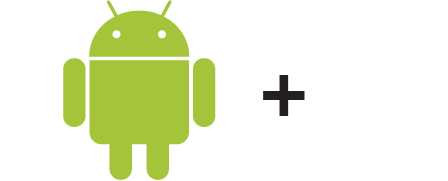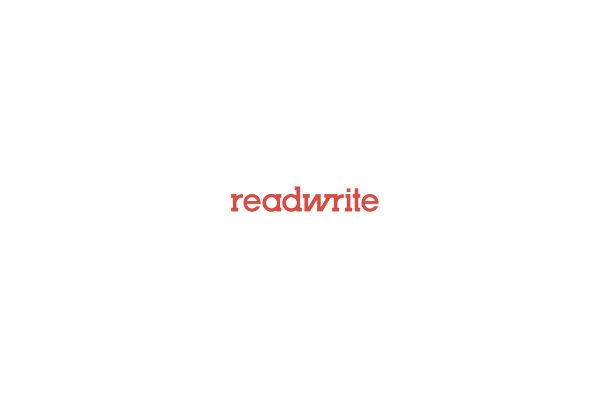We haven’t heard much from Path, a social app, since Korean Internet company Daum Kakao bought it last year. But a recent tweet caught our eye:
https://twitter.com/path/status/676989935547777024[/embed/
Path, which still has many users in Southeast Asia, has abandoned the Windows Phone platform. So, too, for that matter, has Microsoft. It is moving on from its transitional mobile operating system to going all-in on Windows 10, which is meant to run on devices from traditional PCs to smartphones.
In the meantime, Microsoft has a problem: Developers are betting on iOS and Android, since that’s where the mobile users are. Windows 10 smartphones are just now rolling out, and they’re getting dinged for a lack of apps.
A Bridge To Windows
So Microsoft has been hard at work on solutions to get mobile developers to bring their existing code to Windows 10 without the need to write new apps from scratch on an unfamiliar platform. Its strategy: Create a series of “bridging” technologies to enable developers to bring their existing iOS, Android, Web, and desktop code and skill sets to the Windows Store, which is meant to be a universal app-delivery platform for desktop and mobile.
Microsoft first detailed the Windows bridge for iOS, formerly known as Project Islandwood, on the Windows blog in August 2015, when it released it as an open-source “work in progress” toolkit for developers. Source code and instructions for the iOS bridge for Windows 10 were made available in GitHub.
Now Microsoft has announced it will soon release a Web tool that will:
“… automatically analyze your app for compatibility with the bridge and give you results right in your browser. You’ll be able to see exactly how much work you’ll have to do to bring your app to Windows, along with suggestions, tips and workarounds for any libraries you’re using that the bridge doesn’t support yet.”

Microsoft is still struggling to build some of its bridges. In November, the Android bridge, also known as Project Astoria, was apparently put on hold.
In better shape are a Web bridge for Windows 10, Project Westminster, as well as bridges for its existing developers writing .NET and Win32 apps (Project Centennial), with public testing sometime this year.
The irony is that for much of the ’90s and the early 2000s, Windows was the build-first platform, and other operating systems had to build porting tools, like the Windows-to-Linux Mono project. Now the shoe is on the other foot—and Microsoft is finding that porting is a hard task, indeed.
Photo by Nicolas Raymond





